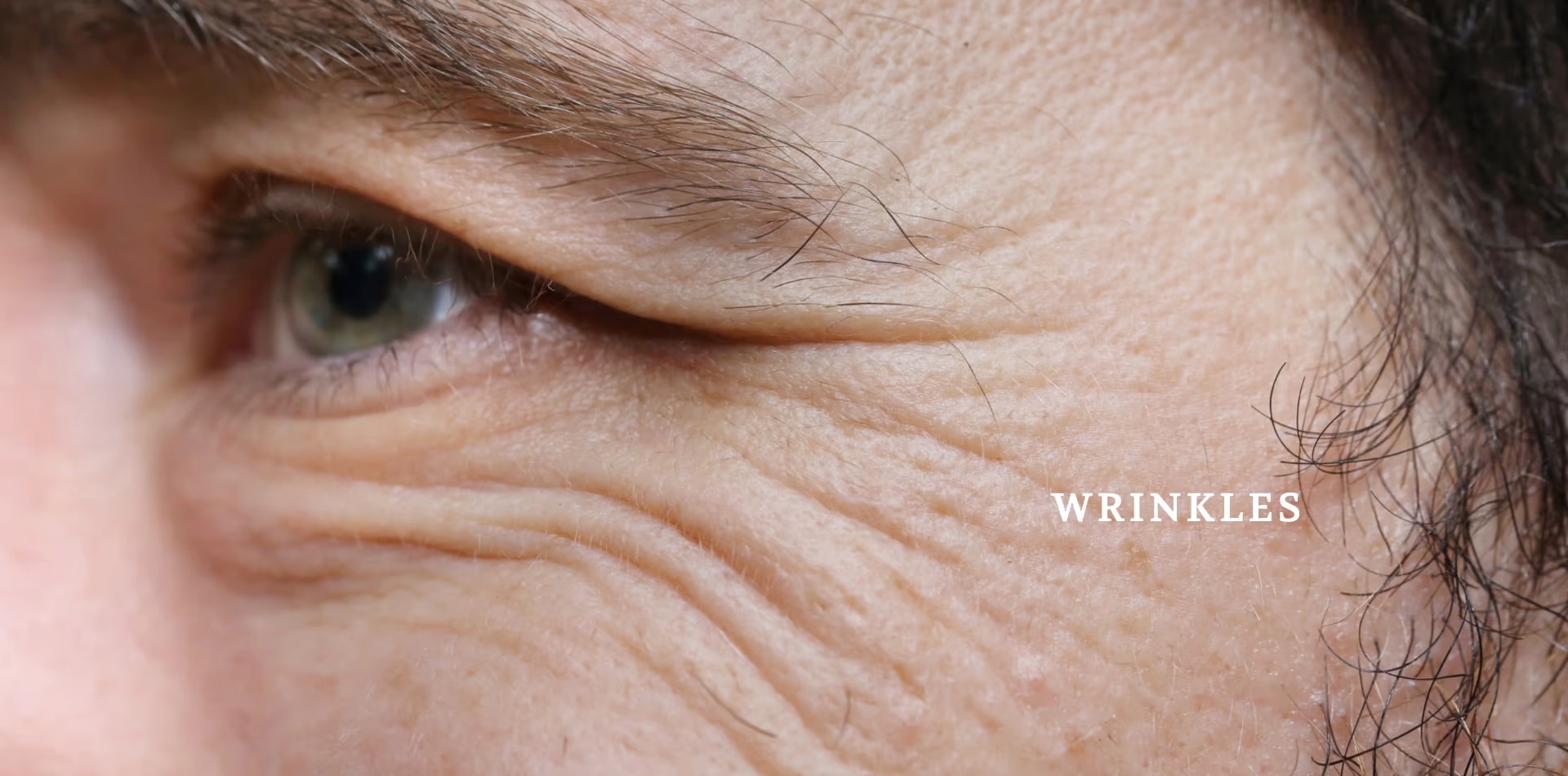Melasma
Melasma is a skin condition characterized by brown or blue-gray patches or freckle-like spots. It’s often called the “mask of pregnancy.” Melasma happens because of overproduction of the cells that make the color of your skin. It is common, harmless and some treatments may help. Melasma usually fades after a few months.
What is melasma and what does it look like?
Melasma is a common skin disorder. Loosely translated, the word means “black spot.” If you have melasma you’re probably experiencing light brown, dark brown and/or blue-gray patches on your skin. They can appear as flat patches or freckle-like spots. Commonly affected areas include your face, including the cheeks, upper lip and forehead, as well as the forearms. Melasma is sometimes called the “mask of pregnancy” because it frequently affects pregnant women. Melasma typically darkens and lightens over time, often getting worse in the summer and better in the winter.
Where does melasma most commonly occur?
Melasma appears most commonly on your cheeks, nose, chin, above the upper lip and the forehead. It sometimes affects your arms, neck and back. In fact, melasma can affect any part of your skin that is exposed to sunlight. That’s why most people with melasma notice that their symptoms worsen during the summer months.
What are the types of melasma?
There are three types of melasma and they have to do with the depth of the pigment. A Wood’s lamp that emits black light may be used to determine the depth of the pigment. The three types are:
- Epidermal: Epidermal melasma has a dark brown color, a well-defined border, appears obvious under black light and sometimes responds well to treatment.
- Dermal: Dermal melasma has a light brown or bluish color, a blurry border, appears no differently under black light and doesn’t respond well to treatment.
- Mixed melasma: Mixed melasma, which is the most common of the three, has both bluish and brown patches, shows a mixed pattern under black light and shows some response to treatment.

